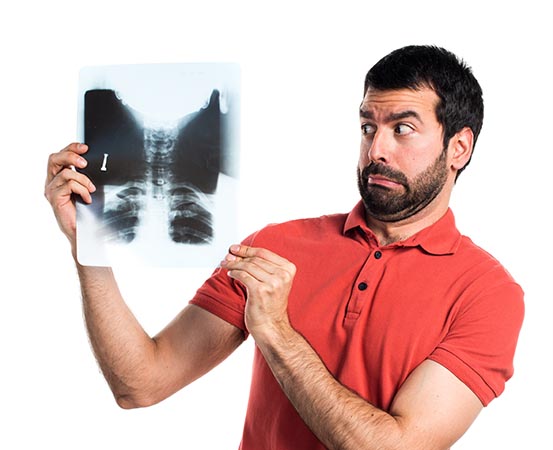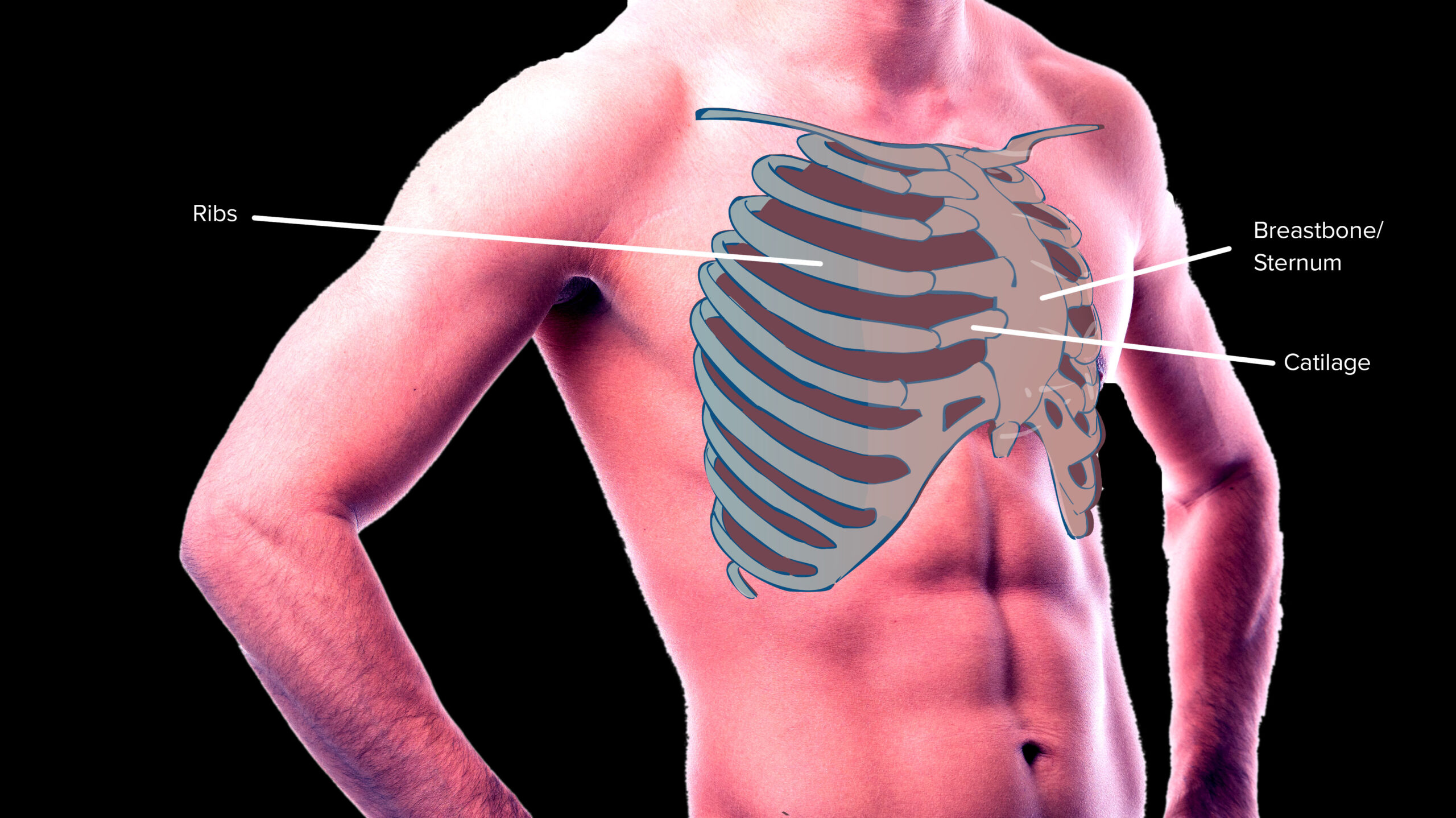
One morning in 2021, Sharan, a 15-year-old from Delhi was readying for school. Amidst the hullabaloo, something caught his attention. He noticed a bulge in his chest. The sudden development puzzled him, and he feared that something was growing in his chest. Clinical examinations revealed that it was pectus carinatum, also known as pigeon chest.
Mostly seen in boys, pectus carinatum affects two in every 1,000 children according to Asthma and Lung UK, a UK based respiratory health support group. Dr Vasunethra Kasargod, consultant interventional pulmonologist, Manipal Hospital, Millers Road, Bengaluru, points out that pigeon chest is usually a cosmetic issue and rarely causes clinical symptoms or functional complications.
What is pectus carinatum or pigeon chest?
“Pigeon chest is a deformity of the chest wall,” says Dr Kasargod.
“There is an overgrowth of one of the cartilages connecting the rib and breastbone (sternum), causing it to push forward. This creates a prominence in the upper half of the chest,” he adds.
The jutting out of the chest gives it a bird-like appearance, hence the name pigeon chest or pigeon breast.

What causes pectus carinatum?
According to Dr Kasaragod, pectus carinatum is primarily a bone malformation.
“Vitamin D deficiency can be a cause. In many instances, the condition is idiopathic, meaning the cause is unknown,” adds Dr Kasargod. Vitamin D deficiency is linked to this malformation as it plays a major role in calcium deposition in the bones.
Poorly managed asthma can be another cause of pigeon chest. “The chest retains excess air in the lungs when asthma is uncontrolled, due to the narrowing of the airways,” says Dr SK Chhabra, professor, and consultant chest specialist, Primus Super Speciality Hospital, New Delhi.
“In rare cases, the condition can be congenital (present since birth),” he adds.
Symptoms of pectus carinatum
As the condition does not have tell-tale signs, it doesn’t get diagnosed till the affected person reaches puberty and starts noticing a change in the appearance of the chest.
Although Sharan didn’t experience any physical discomfort in going about his daily activities, the raised appearance of the chest bothered him, prompting him to seek treatment.
However, in advanced cases, there can be symptoms like breathlessness on exertion, asthma and chest pain, especially when lying in a prone position.
“The asymmetry in the chest wall can sometimes progress into other deformities like scoliosis, which is the lateral bending of the spine,” Dr Kasargod adds.
Diagnosing pectus carinatum
Pigeon chest is usually diagnosed in childhood around the time when the child reaches puberty.
“The rapid growth spurt during adolescence makes the protrusion more prominent,” says Dr Kasargod.
Doctors can diagnose the condition with visual assessment. Sometimes X-rays and CT scans are also done. A pulmonary function test (PFT) is done to assess if the lung function is affected due to the deformity.
Treating pigeon chest
The main treatment modalities include surgery and using chest braces.
A chest brace was zeroed in as the apt treatment for Sharan owing to his young age, which meant that his bones were flexible enough to retract to their original shape.
Sharan used to wear braces for eight hours every day, only removing them while bathing or going to sleep. Over a period of six months, his chest was realigned.
According to Dr Kasargod, in mild cases that don’t cause symptoms like breathing difficulty or reduction in stamina, surgery is not suggested.
“In instances where there are issues like reduced exercise endurance, a PFT is done to gauge the lung functioning. If the condition is causing the lung to function sub-optimally, surgery is prescribed after weighing the pros and cons.
Dr Chhabra stresses the importance of early diagnosis and treatment.
“During adolescence, the bones are more flexible, making it easier to reverse the malformation. Once a person reaches adulthood, bones are fused and lose their malleability, making the treatment less successful,” says Dr Chhabra.
The malformation is a psychosocial issue
“Pigeon breast is mostly a psychosocial issue rather than a physical one. The affected ones seek treatment when they feel embarrassed and conscious about their appearance,” notes Dr Kasargod.
Many develop self-esteem issues and get frustrated about the appearance of the chest. Dr Kasargod mentions the various aspects that the affected individual is counselled about:
- The pros and cons of surgery.
- The condition not being life-threatening.
- The fact that the malformation cannot be corrected with oral medications.
Takeaways
- In pectus carinatum, the chest bone pushes forward, giving it a bird-like appearance.
- Pigeon chest is commonly diagnosed during childhood and adolescence due to the growth spurt, making the protrusion more prominent.
- Although it is mostly asymptomatic, severe cases can cause breathlessness and pain.
- Pigeon chest can be corrected by either surgery or using chest braces.

















